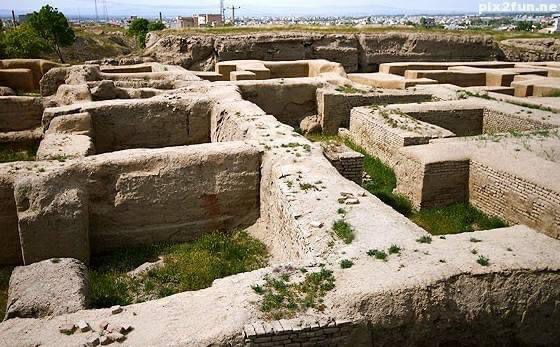Ancient Median capital Hegmataneh recognized for Its historical significance
On July 27, 2024, UNESCO officially added the historic city of Hegmataneh to its list of cultural heritage sites. This decision was announced during the organization’s 46th session held in Delhi, India.
Hegmataneh, located in the heart of Hamadan province in Eastern Kurdistan, is a significant archaeological site with roots dating back to the Median Empire. It was during the reign of King Diako (727–675 BC) that Hegmataneh, known as Ecbatana in antiquity, was established as the capital of the Median Empire. Greek historian Herodotus noted the city’s grandeur, highlighting its elaborate construction under Diako’s rule.
The city’s location, centrally positioned in modern Hamadan, reflects its historical importance. Originally founded as a small settlement on a prominent hill, Hegmataneh was expanded to include palaces, treasuries, military outposts, and seven concentric rows of administrative buildings.
The Medes, who settled in this region, were a dominant empire in western Asia until their conquest of the Assyrians in 600 BC. Under King Kaykhasraw, the Median Empire extended across what are now Iran, Turkey, and Afghanistan, marking the first unification of these lands under one ruler. The Medes’ resistance to Assyrian domination and their eventual liberation became a significant chapter in their history.
Hegmataneh’s designation as a UNESCO World Heritage Site acknowledges its pivotal role in the ancient Median Empire and its ongoing significance in Kurdish history. The site, enriched by its historical and cultural legacy, continues to attract interest from scholars and historians worldwide.

